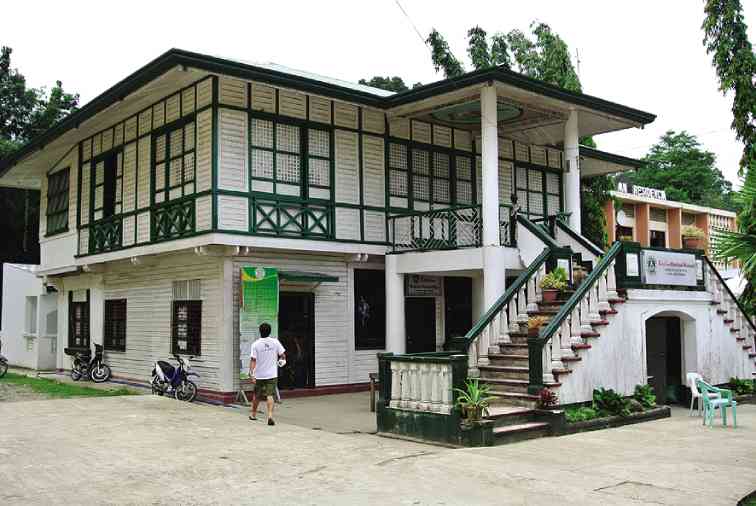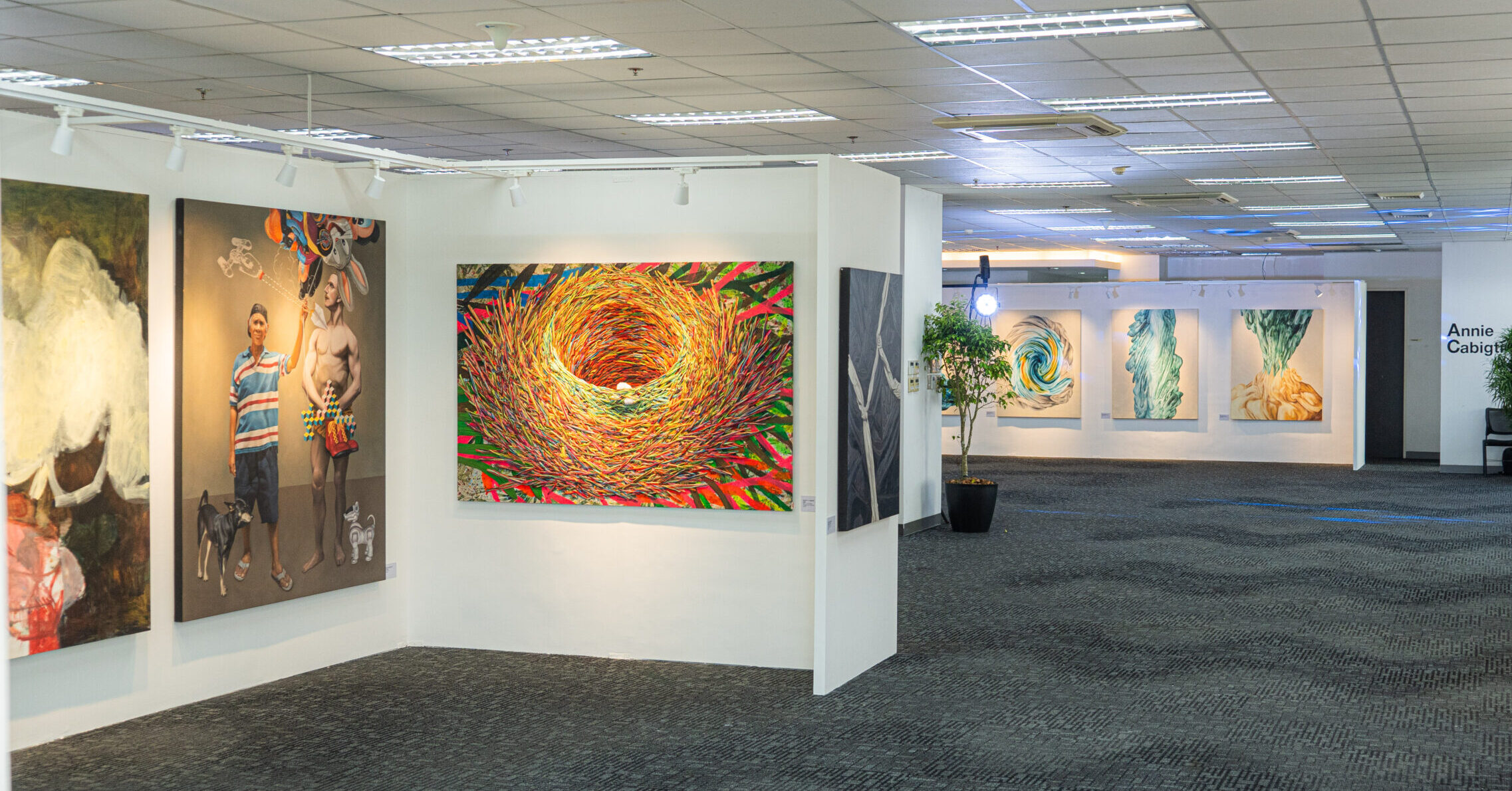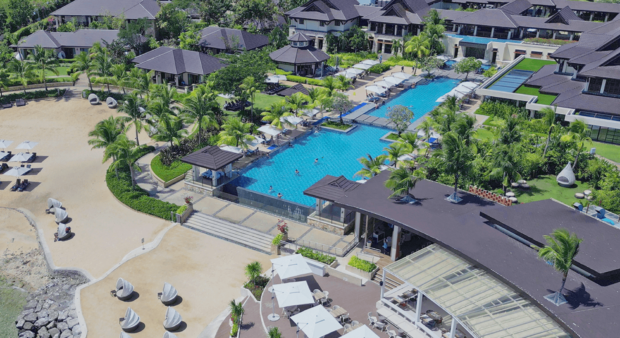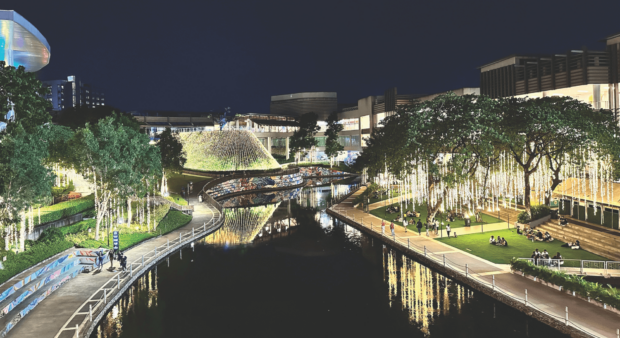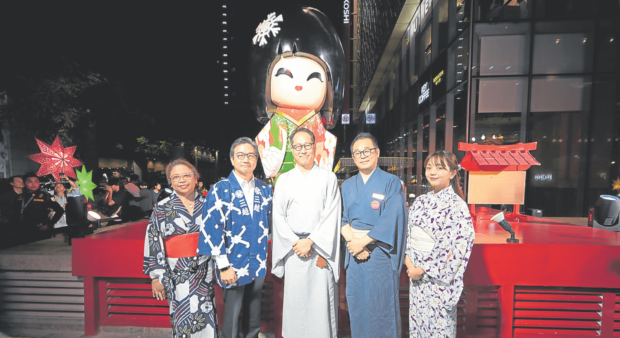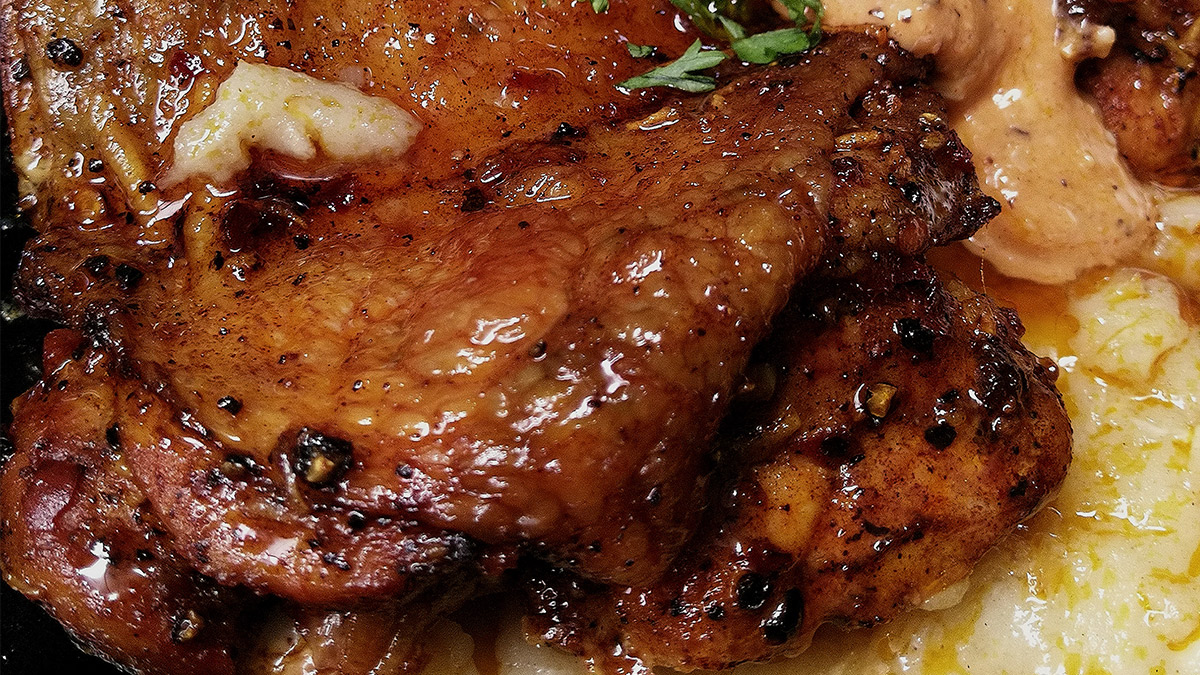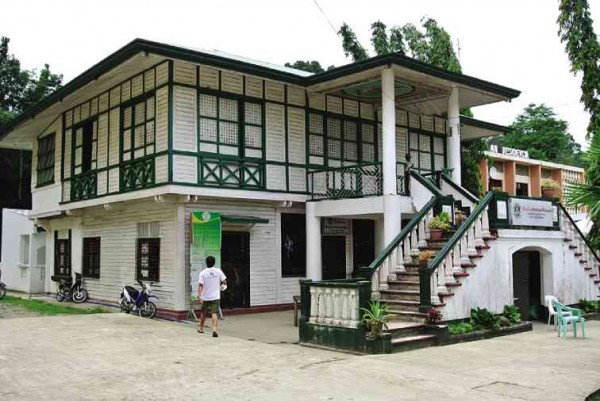
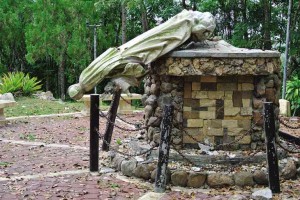 Although the destruction of Bohol and Cebu churches is devastating, even more disastrous is the loss of lives and livelihood that takes precedence over the loss of heritage in the massive post-earthquake reconstruction effort.
Although the destruction of Bohol and Cebu churches is devastating, even more disastrous is the loss of lives and livelihood that takes precedence over the loss of heritage in the massive post-earthquake reconstruction effort.
Heritage is empty without the people who live and practice their customs and traditions each day.
A central part of Filipino heritage is the church, the spiritual home of Filipino Catholics.
Churches have always been there, visited by the community in the spirit of joy or sorrow, in thanksgiving or supplication. They are places of solemn rituals as well as habits. Like the people who practice their faith, they have been there standing unchanged, for generations.
The earthquake brought many churches down. Those that did not come down now stand very precariously, like the proverbial house of cards. It is understandable that Boholanos lament the loss of their spiritual heritage, but it is also reassuring to see them gathering in church plazas or in multipurpose halls for Mass.
More comforting is seeing the people pick up the pieces and resume their everyday lives.
Reconstruction is in the mind of many. Understandable that people want to see their towns and monuments look exactly the way they did before the earthquake. This is called reconstructed architecture, and I speak not only of church architecture but of civic and residential architecture that is a large part of Bohol heritage.
But nonreligious architecture, unloved and unappreciated before the earthquake struck, stands to be the biggest victim in this tragedy.
Not appreciated
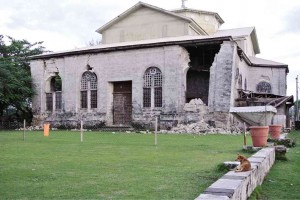
Because they are unappreciated, the American colonial public buildings, schoolhouses, plazas, and also the early postwar buildings in Bohol (I remember a few movie houses and an Art Deco bank in Tagbilaran, and clusters of wooden houses in towns) will be demolished, replaced with ad-hoc structures that in no way continue the architectural charm or historic importance of the structures they have replaced.
Bohol, which is trying to revive its tourism industry, will lose much of its touristic quality with the replacement of these unappreciated structures that give the province its unique identity.
It’s the everyday stuff that identifies people. Batangueños are different from Boholanos. Pinangat is a favorite Batangueño way of cooking fish. But in Bohol, fish is not always cooked. Kilaw, or raw fish marinated in vinegar, is typical.
It’s the everyday architecture beneath the shadows of monumental Spanish colonial churches that give Bohol its character.
The row of early 20th-century wooden houses along the approach to Baclayon, the Clarin ancestral house (damaged, I hear) with its American colonial details, the old house that has become the Ramasola Studio in Tagbilaran, and those clusters of balay-nga-nipa in rural fields—they are all identifying marks of Bohol that are much more endangered, heritage-wise, than churches.
Difficult to manage
The structures represent heritage difficult to manage, mostly owned by private families that cannot expect assistance from government sources to rebuild in a manner that will enhance the Bohol landscape.
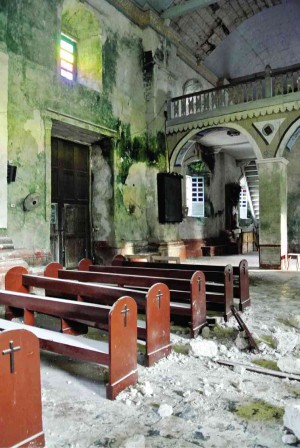
There will be debates on conservation, restoration and reconstruction. It would be good for everyone in the rebuilding effort to take a few days off and talk about how to go about it.
The reconstruction guidelines should also cover everyday heritage.
We can go beyond the disaster and seize the opportunity to be able to introduce changes that were not possible to discuss before the earthquake. Maybe now the local community will be more conscious of more careful construction methods.
Predictably, damage to new cement houses was far more than damage to houses constructed of wood (wood is pliable and sways with earthquakes).
The disaster has finally made not only Boholanos but all Filipinos acutely conscious of heritage conservation, and the need to do conservation correctly.
This is the time to make everyone aware of how to conserve heritage in a sustainable manner, and that conserving heritage is not prescriptive but proactive, procommunity, and, if done sustainably, a potential source for improved income generation.
Best way
The conservation profession is constantly evolving. The approach to conservation has changed drastically since the early days when “purist” was the operative approach.
Purist is the best way to follow, if we can. But are our pockets deep enough to afford being purist? To be realistic, we probably can’t.
There are too many damaged heritage structures that need attention—religious, civil, residential and rural. An approach should be adopted that will focus on an overview of the repair work, establish priorities, and decide on rebuilding groups of structures rather than just the monumental ones.
When we go to Europe, we head for the church, then walk down the plaza and main street surrounding the church, soak up the ambiance, and declare the place to be full of character.
It is this character that Bohol stands to lose.
Without its Boholano character, Bohol will just look like Anytown Philippines, punctuated with ruins or reconstruction of large Spanish colonial churches.
E-mail the author [email protected].

